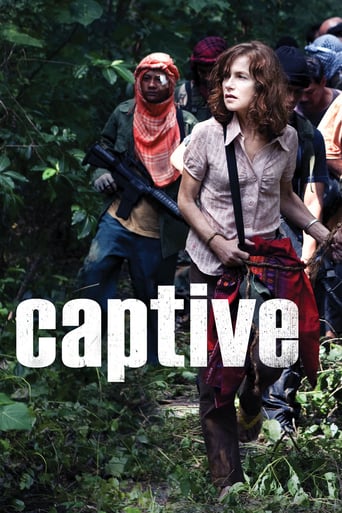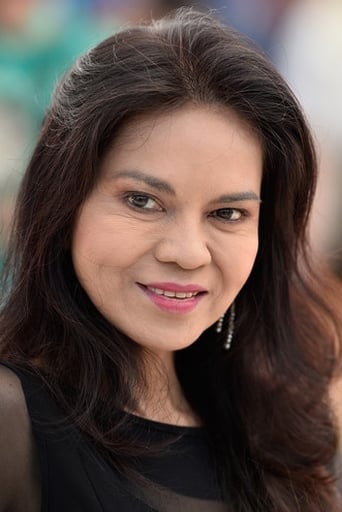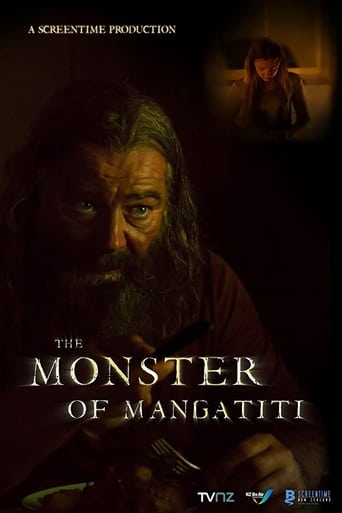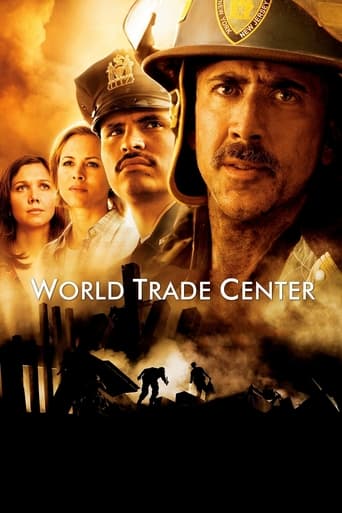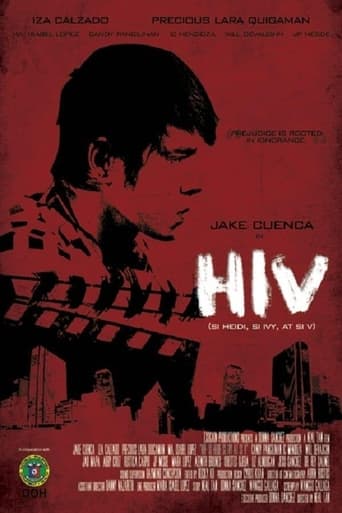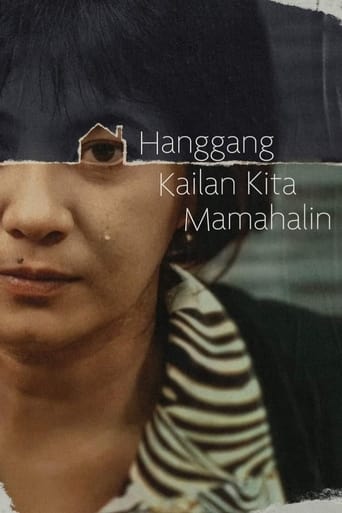Captive (2012)
A dozen foreigners are kidnapped by a terrorist group in the Philippines.
Watch Trailer
Cast
Similar titles
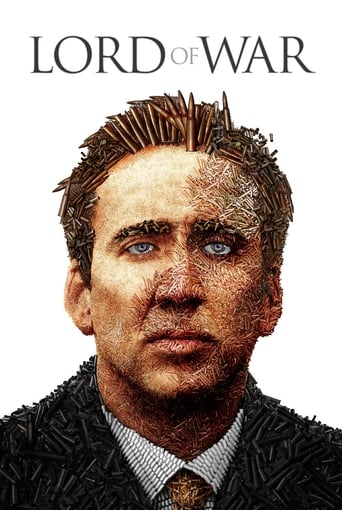

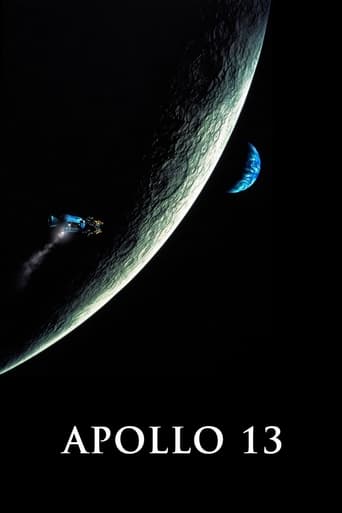
Reviews
It was OK. I don't see why everyone loves it so much. It wasn't very smart or deep or well-directed.
A lot of perfectly good film show their cards early, establish a unique premise and let the audience explore a topic at a leisurely pace, without much in terms of surprise. this film is not one of those films.
I didn’t really have many expectations going into the movie (good or bad), but I actually really enjoyed it. I really liked the characters and the banter between them.
This film is so real. It treats its characters with so much care and sensitivity.
Captive is a film about a long term kidnapping and hostage crisis based on true events that took place in the Palawan province in 2001. This drama begins with the hostage takers; members of the Abu Sayyaf, taking several people at gunpoint and quickly sailing off to their jungle hideouts. The captives are quickly assessed and their ransom values determined by their captors who are trying to maximize their profits and trying to avoid capture. The captives suffer a grueling and tortuous trek through the jungle with little provisions and no amenities, while they hope for release or rescue. The rescue option however is fraught with danger as the captives are often caught in the crossfire between the government troops and the captors. This film thoroughly covers the plight of the captives, but it also tries to shows us some insight into the minds of the captors as well. The film portrays the captors as violent of course, but it also introduces the audience to their ideals and beliefs. In one scene a captor reads off a set of rules and explains some of the tenets of Islam. Some of the captors are even shown as hospitable and caring, providing comfort items to the hostages (blankets, food, and first aid etc.). One of the captives even starts liking one of the captors, stating the he was just fighting for his freedom and that he was not really a bad guy (Stockholm syndrome?). The film also shows us the realities of the cruelty of the Abu Sayyaf. Some women hostages are subjugated, being forced to marry the captors in some cases and having to endure sexual assault. One thing I would like to say about the movie is that it was hard to determine how the common people of the villages felt about the entire ordeal. In many scenes the militants happened upon a village and asked to be provided a place to rest and some food. I had a difficult time to figure out if the villagers were just being hospitable to the militants, or maybe they were afraid of all of the firepower and the reputation of Abu Sayyaf. Maybe some villages were sympathetic to the cause. Either way, the militants usually got what they wanted and tried to move on before being caught by the government troops. The one character that stood out to me was the young fighter that was befriended by the French female hostage. He was a young orphan and fell into the band of fighters as he had no family or other options. He was a fighter for Abu Sayyaf, but he seems young enough that he could change his ways if only he had a positive influence (non-violent). I actually hoped that he would survive situation and reform his ways someday. One of the themes of the movie I would like to discuss is that of the "underdog". Some of the militants in the film are depicted as sympathetic and almost heroic. The militants endure the same harsh environmental conditions that the captives are in, and in some ways their suffering justifies the way they live. In their view they are the heroes (freedom fighters) against tyranny. The armed struggle (of the underdogs) is a prevalent theme in Philippine films. Many Tagalog films depict the same type of asymmetrical power struggle and romanticize the rebel way of life. Struggle and perseverance are key themes both depicted by the captors and captives. Costet, D., (Producer), Mendoza, B. (Director). (2012) Captive Motion Picture. Philippines/France: Star Cinema
The movie tells the tale of the Dos Palmas Kidnappings (Dos Palmas is the name of the resort located in one of the Philippines' tourist spots where the victims were kidnapped) which occurred in Southern Philippines sometime year 2001 and lasted for several months. Several victims, foreigners and Filipinos, were held hostage by Muslim bandits, the Abbu Sayyaf, and brought into captivity in the mountains. The movie didn't include the names of the actual victims. But places like the Dr. Jose Torres Memorial Hospital, which was actually held under siege, was included in the film. The movie didn't really feel "indie" to me, despite the shaky cam, poor lighting, and unclear audio. Maybe because Brillante collaborated with some production companies, which made it a bit more mainstream. And the overall-all feel of the movie really was mainstream. It didn't have the usual Brillante signature of showing irrelevant random scenes. It was a total story-telling. This is surprising for someone who would usually raise her eyebrows to some of Brillante's scenes in his other movies which are pure RANDOM. The sex scenes, there were none. There was one, but it wasn't what you would usually see in Brillante's films. It wasn't explicit. Again, surprising. Another reason why it wasn't as "indie" is the presence of some well-known veteran actors of the country such as Angel Aquino, Joel Torre, and Raymond Bagatsing. It was probably done without so much costs by cutting their screentimes, like some characters would just appear in the second half of the film. Usual indie personalities like Allan Paule, Sid Lucero, and Mercedes Cabral, reminded me that it was a Brillante film. I don't think there's anything negative to comment about the acting part as the other lead actors, especially Isabelle Huppert, were also awesome. I like how the movie was very safe in its content. Note that we are dealing with one very sensitive topic here, religion, and I can say that the movie did justice in showing the other side of the so- called antagonists. They're not really merciless individuals who would shoot for pleasure, but they were provoked by their demands for autonomy (If you're familiar with the whole Mindanao situation, there's more to that but let's leave it at that as of now). The movie showed the other side of our Muslim brothers, as opposed to the usual perception of them being heartless. Islam is one religion close to me and seeing how the movie accurately showed their practices and beliefs merits credit. One very strong point of the film is the non-use of the overused "WE ARE A POOR COUNTRY!" statement shouting in almost all indie films. It's good they showcased another thing that's also present in the Philippines: terrorism. *facepalm* Sigh. I can't fault the director though. They can't possibly paint Philippines in sunshines and rainbows when reality tells us terrorism is also around the corner. The movie is very graphic. There's a scene of beheading but it isn't as bad as what we see in the news. There's also this scene which deserves a standing ovation: actual childbirth! It was very graphic, it really showed how the child went out of the mom's organ. It didn't feel dirty, it was just brilliant. My stomach plunged a bit, but still brilliant. And speaking of graphic, there's a close-up of a snake and whatever tongue-sticking-out thing he does! WTF. I had to rinse my brain at the thought of what that creature does. I have fear of snakes so I curse Brilliante Mendoza for that!!! Seriously. All in all, I highly recommend this film. It's a good eye-opener. Heart-warming. Inspiring. Tragic. In so many words, I love this film.
This is the very first film by Cannes-winning Filipino director Brillante Mendoza that I saw in a movie theater. At the outset, I am going to confess that I do not think I can judge this film very objectively. Watching this film with all its unsteady camera work made me very dizzy starting from the 40th minute. From that point, I could not even look directly at the screen anymore. The shaky camera was relentless, be it a frenetic battle scene or a quiet personal one. It certainly did not help that this was a 2-hour long film. My head is still reeling as I write this review, four hours after the end credits rolled! This is only the second time a movie made me feel sick, the first one being "The Blair Witch Project."The movie was based on the 2001 Abu Sayyaf kidnapping of tourists from the Dos Palmas Resort in the province of Palawan. Two of the kidnap victims then were Martin and Gracia Burnham. Gracia survived her ordeal and wrote a book about her harrowing experiences entitled "In The Presence of My Enemies." I thought that acclaimed French actress Isabelle Huppert will be playing her, but it turned out that Ms. Huppert's central character of social worker Therese is fictional. Another Caucasian couple played minor characters who seemed to be based on the Burnhams.After the abduction scenes in the beginning and four long days of sea travel, the film became what seemed to be an endless series of hiking through the jungles of Basilan, commandeering civilian places like a hospital or school, getting attacked by the Armed Forces, forcing a ceasefire by asking a victim to appeal, and moving on to the next destination, where the cycle began again. It became very repetitious. In between, there would be interludes showing facets of Moslem culture or nature metaphors featuring wild animals. Since I could not look at the screen the whole time because of my dizziness and nausea, I got confused what happened to various characters due to the episodic nature of the storytelling. How did the role of rebel leader played by Raymond Bagatsing become another one played by Sid Lucero? What was the point of having Coco Martin in a cameo? His look did not really fit into the film. I felt that was a little indulgent on the part of Mendoza. I fully appreciate the dedicated efforts of cast and crew in filming in such obviously difficult conditions. However, the final product felt unwieldy and overstuffed. It seemed like they did not want any shot to end up on the cutting floor. The subject matter is heavy enough, the senses need not have been assaulted any much more by the excessively shaky camera and the very loud explosions! I know Mendoza was most likely going for added realism for us to immerse into the hostage experience, but I feel these vertiginous visual and sound effects should have been reigned in in kinder consideration to the comfort of the viewing audience.
'Captive' is about a group of tourists abducted by al-Qaeda-linked Abu Sayyaf from a resort on Palawan in 2001. They were shipped to Basilan in the far south, and then herded through the jungle for over a year. Some paid ransom money calculated on their profession and country of origin, and were subsequently released, some died from strain or disease, some were killed by Abu Sayyaf, some by the army in repeated rescue operations, of which the last (and bloodiest) succeeded.The film drew a lot of fire from the press, first of all because it was rejected by both Cannes and Venice, which created a somewhat toxic whiff - after all, Cannes built Mendoza's reputation with his win for 'Kinatay', so how bad could his first decently budgeted film be? As it turns out, it's not half as bad as could be expected. Mendoza avoids two mistakes he could have easily made: first of all, the camera isn't glued to Isabelle Huppert's face, even though she's the first star he's working with; he allows her character to gradually emerge from the group of hostages, which becomes decimated by disease, ransom payments, forced marriages as a shoddy excuse for rape, and deliberate execution. And second, he does not sweeten his barren naturalistic photography one bit because of the scale of the production; 'Captive' is every bit as Cinema Verité as his earlier films. If anything, the money allows for some disjointed wildlife intersections, which however fulfill a dramatic purpose when, for instance, a lizard is seen hacked in two by a machete, instead of the head of a hostage being chopped off.This kind of film language won't convince those who have their established ideas about what a Filipino film looks like - and to illustrate how fixated these ideas have already become, another section of the Berlin Festival screened the film industry parody 'The Woman in the Septic Tank'. In that context, I would count myself among those who appreciate that Mendoza, who established these conventions, tries to move onwards stylistically.However, the story structure certainly puts the viewer's patience to test. There's zero background information about Abu Sayyaf and the domestic conflict in the Muslim populated islands in the south of the country. In one scene, villagers feed hostages and captors alike and receive some money for their troubles, making it seem that they are somewhat regarded as freedom fighters, whereas in reality they also raided and killed Muslim locals. In the film, Islam is used as an 'excuse' for criminal actions, which is probably not so far from the disturbed mindset of these people, but leaves room for controversy.The photography's realism makes the differences between truth and fiction appear a bit questionable: Why, for instance, was the American hostage who was later beheaded cast with a Caucasian actor instead of a Hispanic one, as it was the case? Also, the Abu Sayyaf were far more ruthless in their dealings with hostages, negotiators and villagers alike - while their brutality comes across, most of them seem strangely boyish. That Huppert's character is fictitious may be explained by the logistics of the production, but since much of the story follows real-life survivor Gracia Burnham's book 'In the Presence of my Enemies', it feels a bit unfair that her character is sidelined in the movie.
